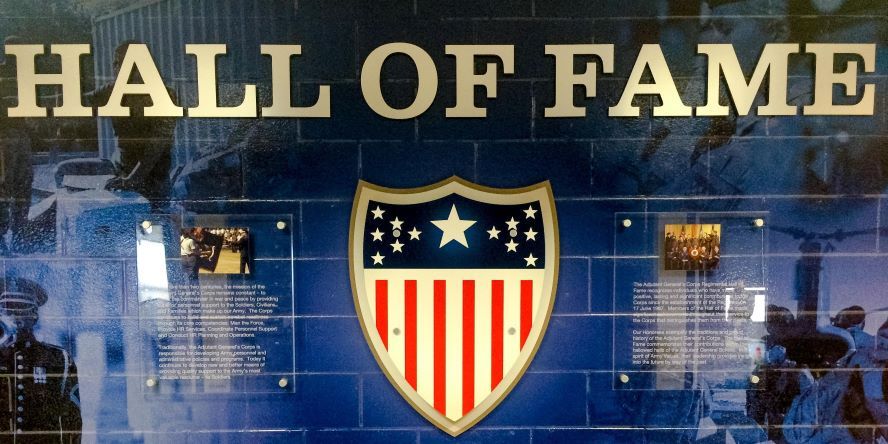AG Corps HOF & DMOC Classes of 2012
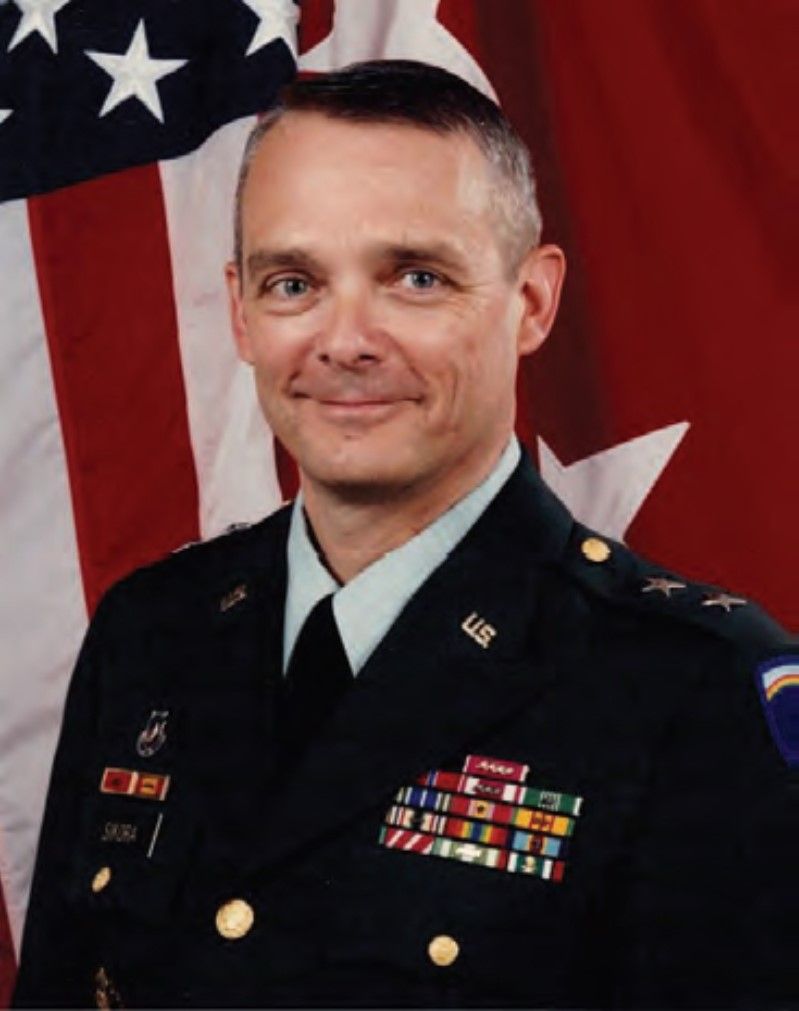
MG (Ret) Thomas F. Sikora’s impact was significant throughout all of his AG assignments; however, the greatest impact on the AG Corps was demonstrated during his assignment as the Commanding General, 10th PERSCOM during Operation Desert Shield/Storm. Ultimately, the 10th PERSCOM evolved to become the largest HR unit ever deployed in support of ground combat operations since WWII supporting more than 306,000 Soldiers. In addition to commanding the 10th PERSCOM, the assignment included duty as the Theater Adjutant General and required technical oversight of three Corps PERSCOMs deployed throughout the theater. During the initial deployment phase, ARCENT Commanders criticized the HR structure in theater as ineffective and clearly not providing the personnel support senior leaders in theater required. MG (Ret) Sikora was hand-selected by LTG Reno, the DCSPER, DA, to command the newly formed 10th PERSCOM, which would facilitate unity of effort among the AG units in theater. Through exceptional leadership and teamwork, MG (Ret) Sikora revitalized and streamlined personnel service support operations throughout the remainder of the operation to include redeployment. Senior leaders such as MG Frix, CofS, ARCENT, would later comment, “BG Sikora organized the Theater Army Personnel Command from scratch and led it through many trying and difficult challenges!” The Third Army Commander, LTG Yeosock stated, “he pulled together all the Soldier support missions and did it superbly.”
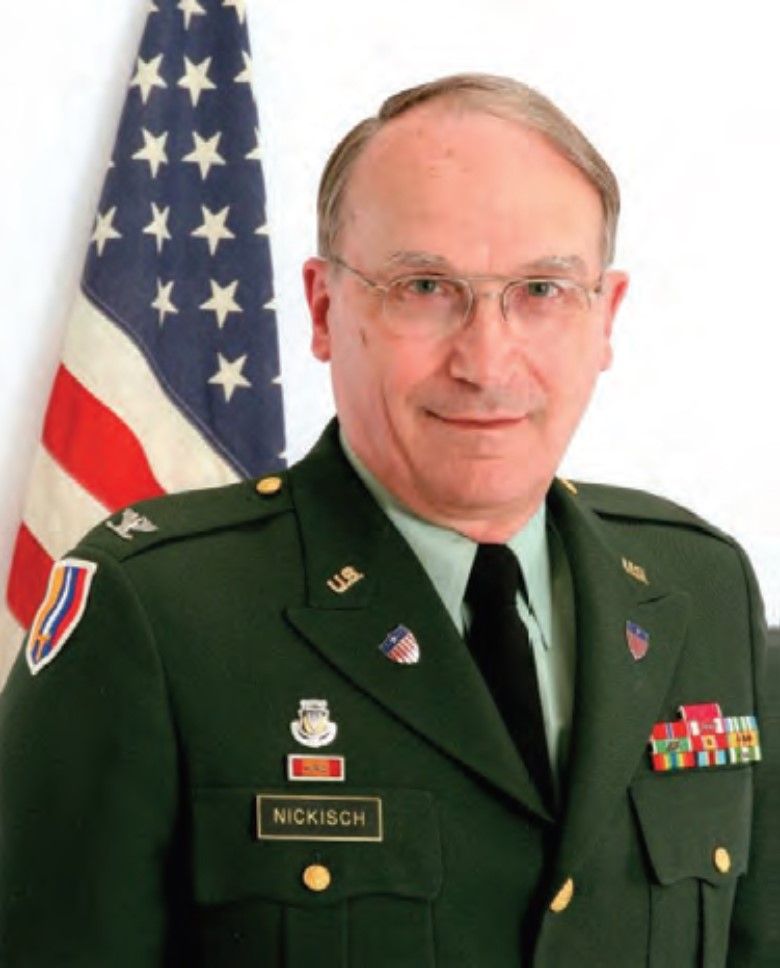
COL (Ret) Ward B. Nickisch served as Deputy The Adjutant General (DTAG), assisting in the oversight and management of The Adjutant General Directorate implementing personnel programs, services, and systems to support the readiness of Army units and sustaining the well-being of Soldiers, Veterans, and their Families. He also assisted and supported the Physical Disability Agency and the U.S. Army Institute of Heraldry. During his tenure, he was asked to serve as Acting The Adjutant General of the Army for several months due to a significant underlap in assignments between two General Officers, during which he handled critical, sensitive missions, and the office continued to perform at levels that brought acclaim from the leadership. As Director of Casualty and Memorial Affairs, and Director, Casualty and Mortuary Affairs Operations Center (CMAOC), COL (Ret) Nickisch was responsible for all casualty reporting and functional systems. He implemented new procedures that ensured prompt and accurate notification to the next-of-kin of the death or serious injury of Soldiers and assisted in the disposition of remains, final arrangements, securing benefits, and settling personal affairs. In this position, he was instrumental in designing and developing the Army Casualty Information Processing System (ARCIPS), which improved the accuracy and timeliness of casualty reporting. The program was so successful that the Department of Defense chose to adopt it as the basis for the Defense Casualty Information Processing System (DCIPS), which has continually evolved into the system in use today.
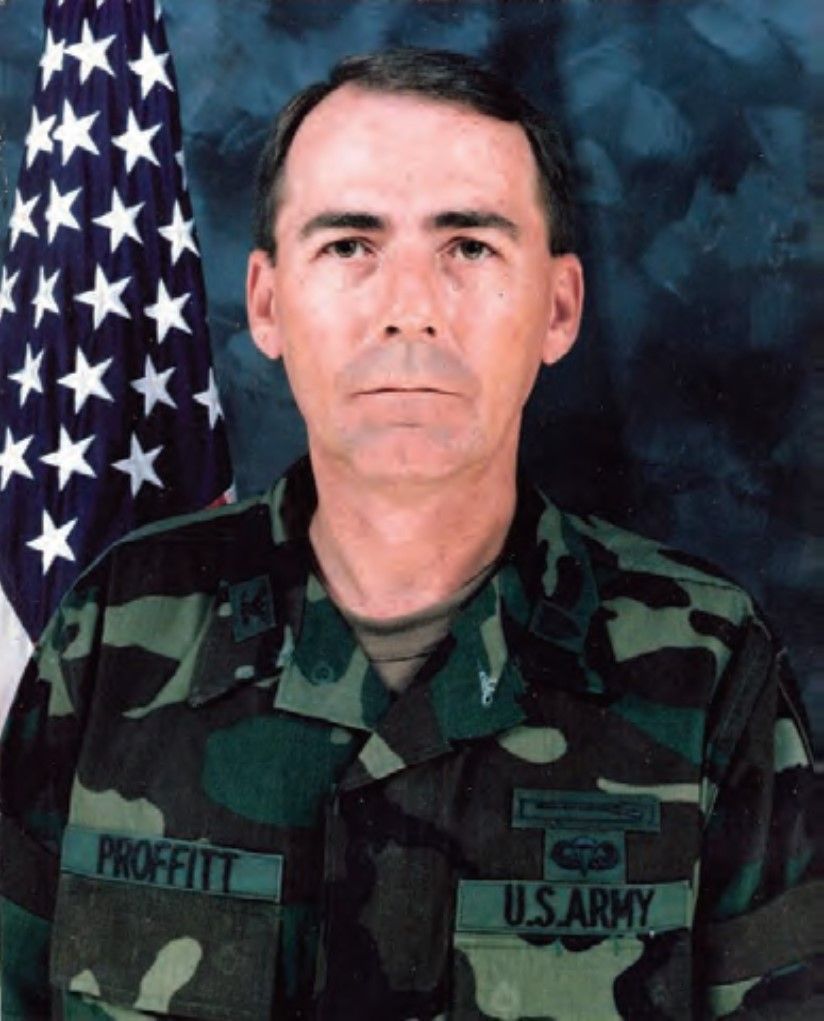
In 2000-2002, as the AG Corps Proponent and lead for Combat Developments, COL (Ret) Paul C. Proffitt led the AG School’s effort in setting in motion HR XXI, what was known from 2006-2014 as the Personnel Services Delivery Redesign (PSDR). Taking the guidance and vision from the senior HR leaders at that time, COL (Ret) Proffitt oversaw the development of the first formal HR redesign concept paper to be staffed to the Army. Seeing the Army moving towards brigade-centric formations and their seeking of positions to become bill payers to form these new brigades, he initiated the action to eliminate the 71L MOS, which freed up many 71L TDA positions to help pay this bill and preserve the hardcore 75 series MOS from cuts. This set the stage for the eventual realignment of the AG MOS to the 42 series in place today. COL (Ret) Proffitt had the insight to see that our future leaders in the Corps would be developed through assignments as Brigade S-1, and centrally selected Division and Corps G-1 positions. While PSDR morphed from the original concept to HR Optimization to meet the changing nature of contingency operations, the base HR support vision for which COL (Ret) Proffitt helped set the foundation remains today.
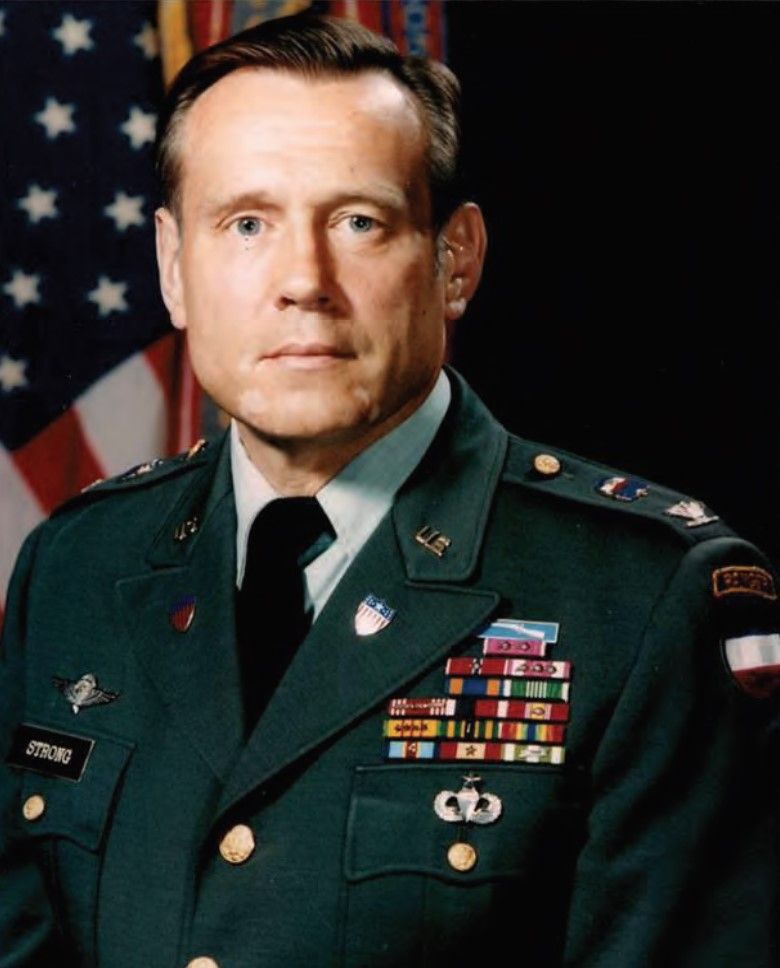
As the AG of VII Corps in Germany, COL (Ret) Edward M. Strong developed a plan to exercise all Corps tactical AG units in the field as part of the annual REFORGER exercise for the first time in the history of the theater. The deployment demonstrated the full capabilities of AG units to field Commanders. COL (Ret) Strong returned to CONUS in time to influence the Army of Excellence (AOE) efforts in the mid-1980s. The AOE concept included a significant reduction in structure for tactical AG units to help pay for two new light Infantry Divisions. With the support of the FORSCOM Commander, he alerted the AG Corps senior leadership to the pending reduction and volunteered to chair a Task Force under the direction of the HQDA DCSPER to identify necessary actions to absorb the reduction while continuing to deliver excellence in service. In doing so, he significantly reduced the risk of going to war with an under-resourced HR support system. His solidly based work and leadership led to his appointment as an Army of Excellence Task Force Director, reporting concurrently to the Commanders of the Soldier Support Center and the Army Personnel Center. He was charged with integrating military personnel doctrine, structure, automation, personnel policies, and procedures in concert with evolving Army doctrine. One of the more significant outcomes was identifying an imbalance of structure between the division and the Corps tactical AGC units.

Based on his lifelong outstanding performance of duty, CW5 (Ret) Daniel J. Logan was selected to serve as Assistant Executive Officer (AXO) to the Vice Chief of Staff, Army in 1998 and later as AXO to the Chief of Staff, Army in 1999. As AXO to the CSA, he reviewed, prioritized, and coordinated staff actions and meetings for the CSA. While confronting a heavy workload and many unique challenges, he ensured that all support to the CSA and his staff was maintained to the highest standards. In particular, he provided thorough, yet concise information to the CSA on all staffing actions requiring his decision. His reviews and succinct summaries concerning complex enlisted and officer management actions, particularly promotion board results and general officer management actions, provided the CSA with the necessary information to make informed decisions. He coordinated with the Army Staff to develop processes and procedures to improve scheduling efficiencies and produce cost savings for the CSA’s travel. He served as the Executive Officer and Aide-de-Camp, as necessary when either of those individuals was absent. In 2002, the CSA created the Senior Warrant Officer Advisor AXO position to advise him on all matters relating to the professional development, training, promotion, pay, and morale of Army WOs. And in August 2002, CW5 (Ret) Logan was appointed the first Senior Warrant Officer Advisor to the CSA.
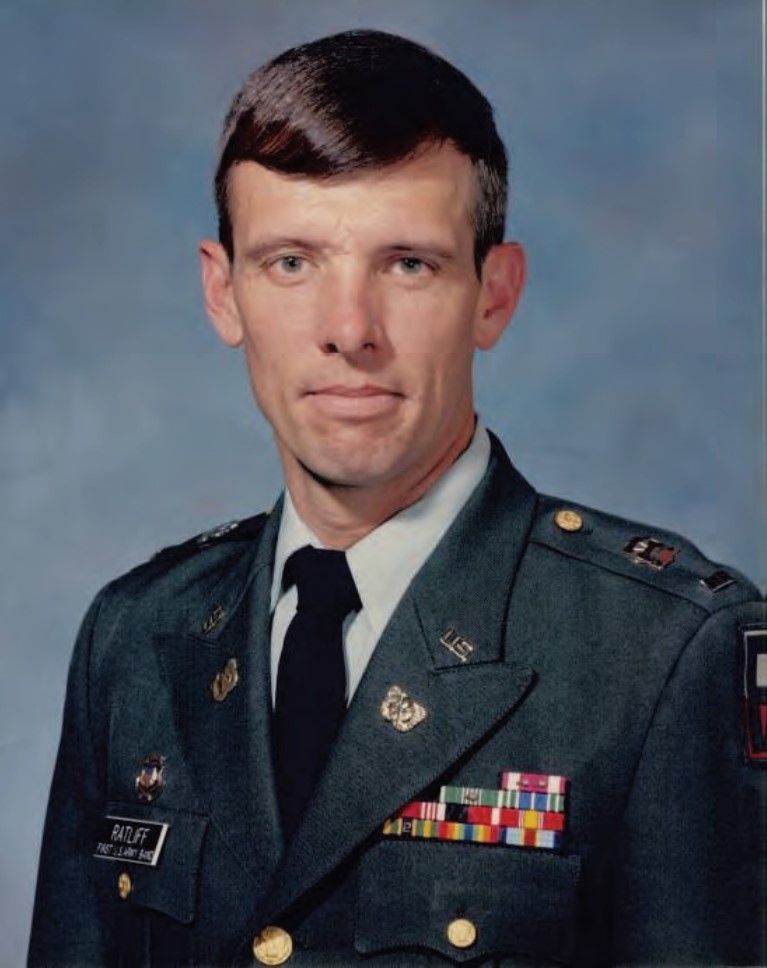
CW5 (Ret) David A. Ratliff led Army Bands in performances for countless military and civilian dignitaries on three different continents. His accumulative command time of 18 years far exceeds that of most field grade and general officers. CW5 (Ret) Ratliff’s Active Duty culminated with his assignment as the Army Bands Proponency Officer. CW5 (Ret) Ratliff assumed these duties at the AG School as it relocated from Fort Benjamin Harrison to Fort Jackson in 1995. As the Bands Proponency Officer, he was directly responsible for accessions of band Warrant Officers across all components (RA, USAR, and ARNG). During his tenure, the Warrant Officer strength and quality of candidates significantly improved, including the placement of highly qualified Warrant Officers in Reserve Component bands that had gone as long as five years without a Warrant Officer / Commander. Additionally, CW5 (Ret) Ratliff initiated and championed substantial change to Army Bands that have shaped the force of today. As a direct result of his actions during the Army’s Change in NCO Strength (CINCOS) initiative, the Army band NCO structure grew by one allocation while other career fields saw reductions.

CSM (Ret) Michael L. Armstead was a key leader of the Adjutant General’s Corps during an important period of transformation in the Army’s Human Resources community. While CSM (Ret) Armstead’s impact has been significant in his many AG assignments, the greatest impact on the Army can be seen in his numerous leadership assignments as a Command Sergeant Major at varying Army levels. Between June 1999 through June 2001, CSM (Ret) Armstead provided exemplary leadership as the CSM, Eastern Sector, U.S. Military Entrance Processing Command (USMEPCOM), North Chicago, IL. As the Sector CSM, he led the Joint NCO and Enlisted force of 33 Military Entrance Processing Stations (MEPS), covering the eastern half of the contiguous United States and Puerto Rico. CSM (Ret) Armstead was significantly instrumental in developing and fostering a positive command climate that fully supported each DoD service’s respective recruiting command and provided the following annual Sector results during his tenure:
• Applicants Processed at the MEPS – 440,000
• High School Student Tests – 389,000
• High Schools where Testing occurred – 7,069
• Enlistment Tests – 286,000
• Full Physical Examinations – 187,000
• Applicants Shipped to Training Installations – 129,000
Among the many achievements of CSM (Ret) Armstead’s Army career were as the AG Corps CSM, and during retirement in June 2008, CSM (Ret) Armstead was selected to serve as the Honorary Sergeant Major of the Regiment for the Adjutant General’s Corps.
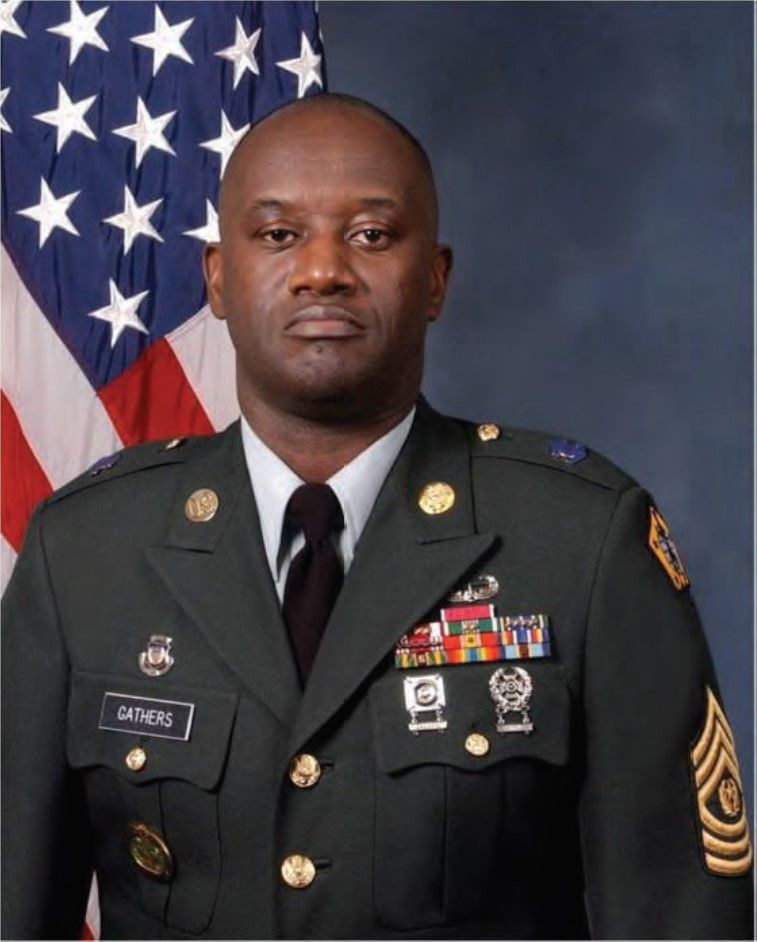
CSM (Ret) John F. Gathers’ military career culminated as the longest-tenured HRC Command Sergeant Major from January 2005 to his retirement in October 2011. He demonstrated extraordinary leadership and superb organizational skill in providing top-notch Army-level human resources support for Soldiers during the Global War on Terror, during which HRC was awarded the Army Superior Unit Award. CSM (Ret) Gathers was instrumental in ensuring that HRC always met every requirement by consistently delivering the best “manned” formations to the war-fighter. Additionally, his involvement with the Individual Ready Reserve ensured that this force became a true “Ready Reserve” consisting of 60,000 Soldiers who were truly prepared to serve when called to do so. One of CSM (Ret) Gathers’ greatest contributions was his leadership as HRC successfully consolidated and relocated three major elements of the command (HRC Alexandria, HRC St. Louis, and Indianapolis) to Fort Knox, KY. His advice and counsel were sought on key aspects of the Human Resources Center of Excellence complex. The intricate planning required to relocate and merge three separate commands presented numerous challenges and questions, and CSM (Ret) Gathers’ common sense approach to all problems proved essential.
AG Corps Distinguished Member of the Corps (DMOC)
Class of 2012
MG William D. Razz Waff
MG (Ret) Gina S. Farrisee
MG (Ret) Reuben D. Jones
MG (Ret) Thomas F. Sikora
COL Thomas H. Palmatier
COL (Ret) Juan I. Chavez
COL (Ret) Jon E. Finke
COL (Ret) Louis O. Henkel
COL (Ret) James C. “Bud” Kelly
COL (Ret) Ward B. Nickisch
COL (Ret) Robert Ortiz-Abreu Jr.
COL (Ret) Mark A. Patterson
COL (Ret) Paul C. Proffitt
COL (Ret) Hayward B. Roberts
COL (Ret) Steven L. Shea
COL (Ret) Philip J. Smith
COL (Ret) Edward M. Strong
LTC (Ret) John W. Jackson
CW5 Ronald G. Galloway
CW5 (Ret) Brian D. Broadway
CW5 (Ret) David A. Ratliff
CW5 (Ret) Anderson L. Taylor
CW4 (Ret) Kenric D. Echols
CW4 (Ret) Charles E. Green Sr.
CSM Joseph A. Camarda
CSM Bruce A. Lee
CSM Todd A. Moore
CSM (Ret) Andre Douglas
CSM (Ret) James M. Euell
CSM (Ret) John F. Gathers
CSM (Ret) Darlene C. Hagood
CSM (Ret) Annette E. King
SGM Tracey E. Anbiya
SGM (Ret) Thomas S. Gills
Mr. Ronald L. Canada
Mr. Willard N. Lovett
